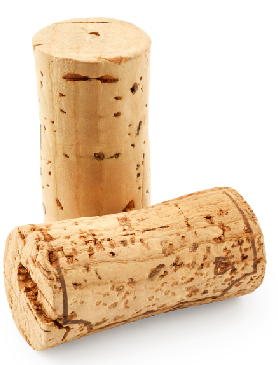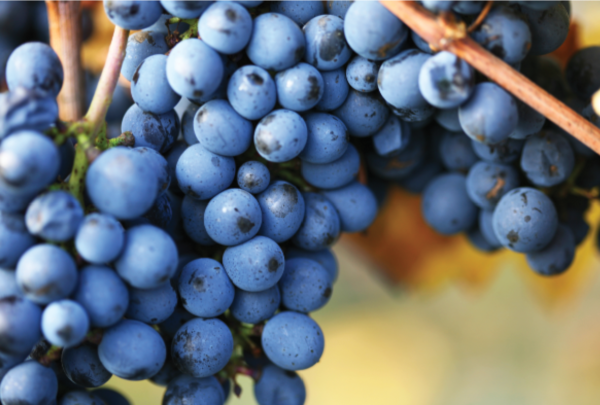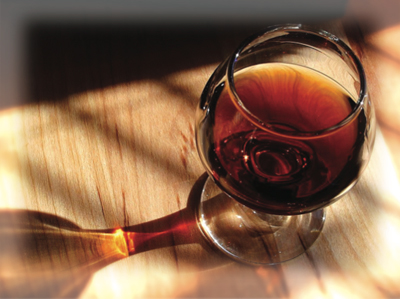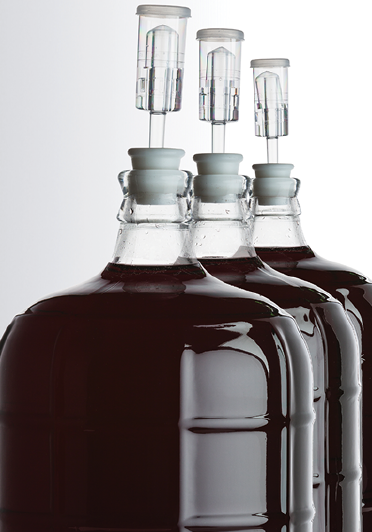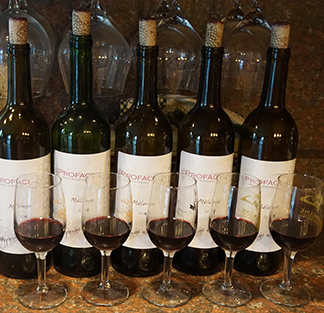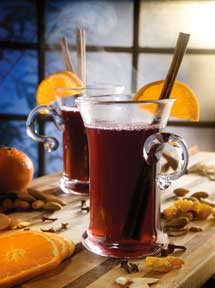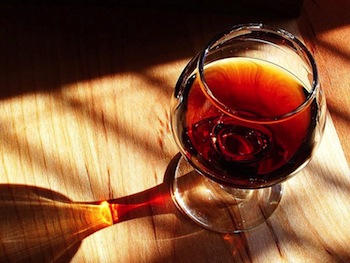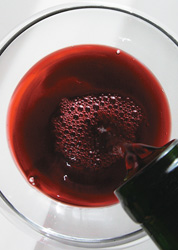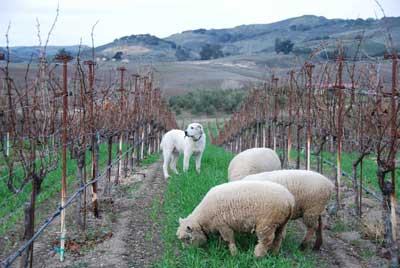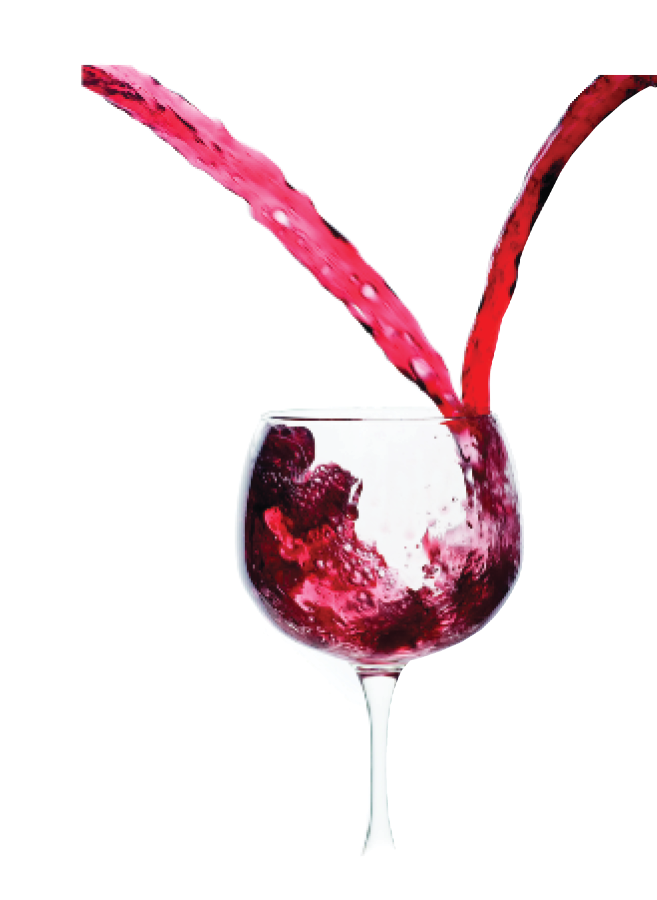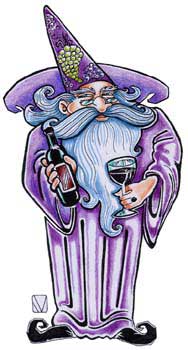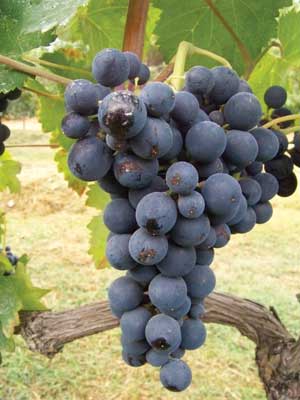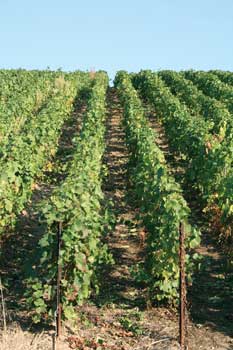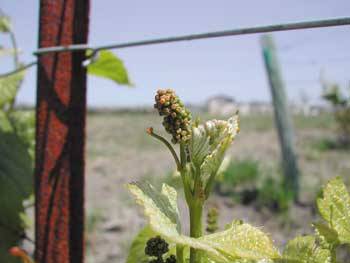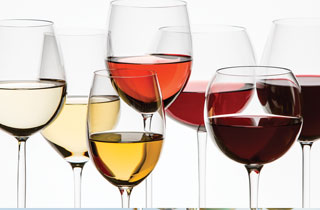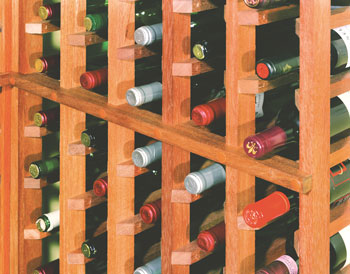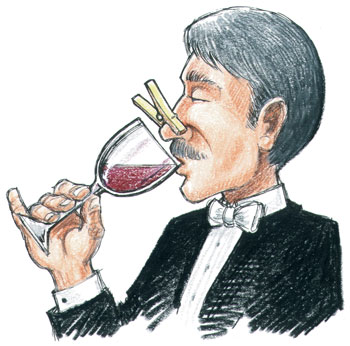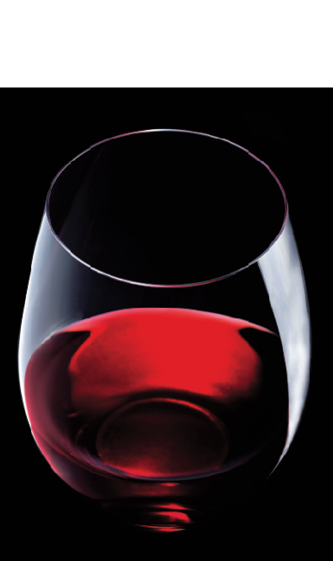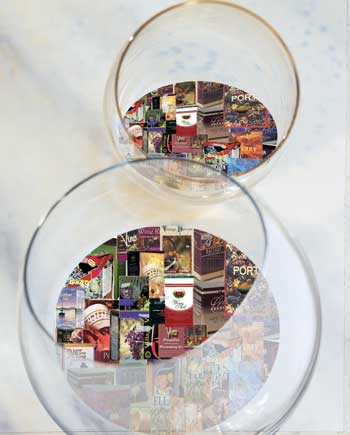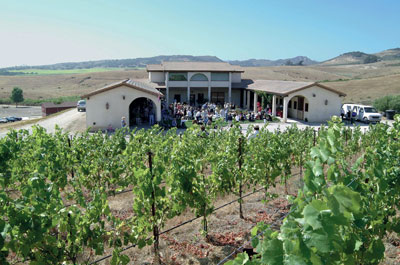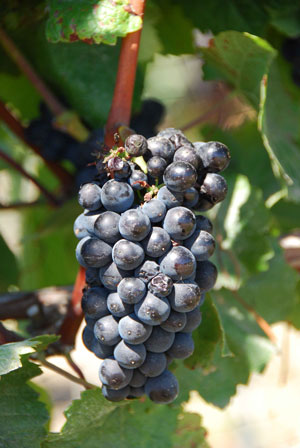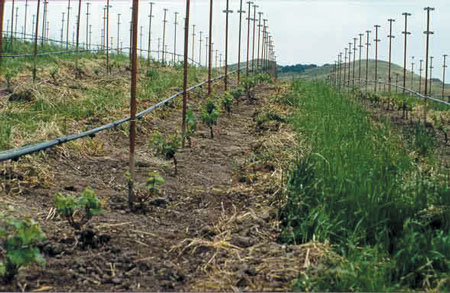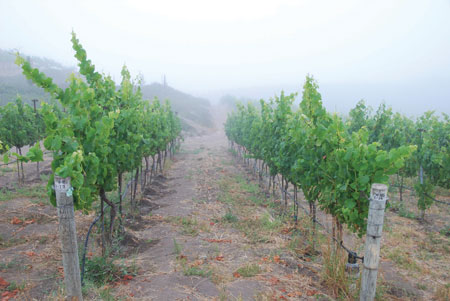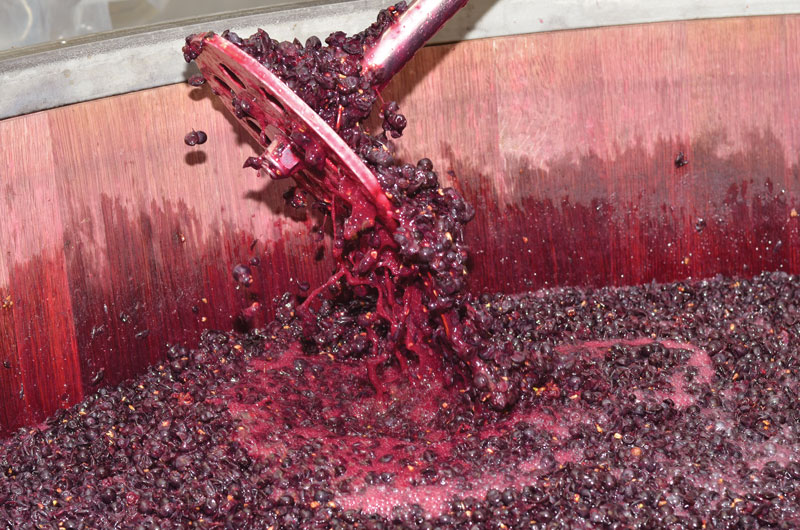Articles
The Sulfite Blues, Curing A Stuck Fermentation and Freezing Grapes
Q I have a Merlot to which I added SO2 thirteen days ago and it smelled ok. but last night I pulled a sample and it had a bruised apple smell and
Crafting Pinot Noir Wines
Finesse the legendary grape from Burgundy.
Fortify It! Adding Spirits To Your Wine
Your first fortified wine can be a little intimidating. What method are you going to utilize? Sweet or dry? What type of spirits are you going to use? Then again, maybe you’re
From Hobby to Startup
Thinking about taking your winemaking hobby commercial? There’s a lot of planning that must go into the endeavor, as Jason Phelps (a longtime home winemaker who opened a commercial meadery earlier this year) explains. Here’s what you need to consider before the actual process of making wine begins.
Fantastic Fermentations
Careful attention must be paid to fermentation to achieve great wine. We gathered experts from four different yeast laboratories to glean advice on selecting yeast strains, co-inoculation, optimal fermentation conditions, and more.
Single-Batch Bottle Variability
If you’ve ever opened multiple bottles of wine made from the same batch and noticed they don’t taste identical, then you, too, have experienced bottle variability. Learn the potential causes and ways to alleviate variability among your bottles.
Mulled Wines: That Warm Fuzzy Feeling
As autumn rolls into winter, the average person’s appetite for a chilled white wine, ice-cold beer or slushy blender drink wanes. A hearty red wine with deep fruit and nice tannins can
Savoring Wine: Dry Finish
There are many wines in Greece, but only one way to drink it. That, in any event, is what I was told on my first visit. Athens was chaotic and noisy, but
Preventing Oxidation, Excess Sulfite
I need help to prevent oxidation. I make about 40 gallons (151 L) from California grapes each year, usually finishing quite nice, but last year’s Sangiovese suffers from oxidation. After fermentation and
Wes’ Post-Harvest Quiz
Harvest/Post Harvest Quiz: With Pro-Inspired Conceptual Cheat-Sheets Mark your answers and keep a running score in the margins. There will be a discussion of point totals at the end of the article.
The Pearson Square
The Pearson Square is a tool to calculate the number of parts of two different solutions with different concentrations that are required to bring one of the solutions to a desired concentration. The Pearson Square can be intimidating to newbies, but when dissecting it piece by piece it is relatively straight-forward, and understanding it will pay dividends.
Sparkling Wine & Blackberry Wine: Wine Wizard
Dear Wine Wizard, I am in the process of vinting a Champagne, and after having read of a couple of different ways to create the “sparkling” effect, I am now thoroughly confused.
Frequently Asked Questions
Q & A Q Post Harvest Well, the growing season down here was hot and furious and I can’t believe it, but all of my backyard Zinfandel vines survived all the bugs
Harvest and Beyond
Ripeness & Wine Style As harvest nears and the grapes are getting ripe, we growers need to start making some decisions concerning the style of wine we want to create. The wine
Vineyard Maintenance
Pruning Your Backyard Vineyard Pruning grape vines during dormancy is a vital practice for keeping your vines in balance. Grape growers discovered thousands of years ago that cutting off up to 90
Spring In The Vineyard
Choosing A Rootstock There was a time when grapevine vineyards were planted with only 18” (46-cm) cuttings from existing grapevines. A few buds went under the ground and few buds were left
Kit Wine Glossary
I have to confess, I love glossaries. They’re the second section I check when I pick up a text or non-fiction book (the first is always the author’s picture: would I listen
Storing and Enjoying Your Kit Wine
Once you’ve mastered the art and craft of making kit wines, what do you do with them? Drink them, of course! We don’t need to teach you how to drink and appreciate
Wine Kit Troubleshooting and Tips
Winemaking takes some practice. Even the most careful kit winemaker can end up scratching his or her head and calling the local kit supplier or a kit manufacturer for help. It’s ok.
Keys To Great Winemaking
Kits wines are designed so that the average person can produce a nice, drinkable wine. However, for the home winemaker interested in making the highest quality wine possible, there are several avenues
Getting Started With Wine Kits
Wine kits contain all the ingredients you need to make a great wine, but the catch is that you have to actually make it. To get from a collection of ingredients to
Starting Your Own Vineyard
Buying Vineyard Land A high percentage of my consulting business comes from wine lovers wanting to buy vineyard property. The story is usually the same: about ten years from retirement, successful in
Annual Vineyard Growing Calendar
In college I had a good friend from New Jersey who was convinced that Californians lacked depth of character because we didn’t have to live through harsh winters. Even though I disagree
First Year Vineyard Care
Planting a vineyard takes time, effort and planning. But your work is not over once the vines are in the ground. In order to have usable grapes by your third year, you’ll
Choosing a Trellis System For Your Vineyard
In the wild, Vitis vinifera sylvestris (the forest vine that makes wine) cannot support itself as it grows. By understanding the needs of a wild vine, it will quickly become apparent why
